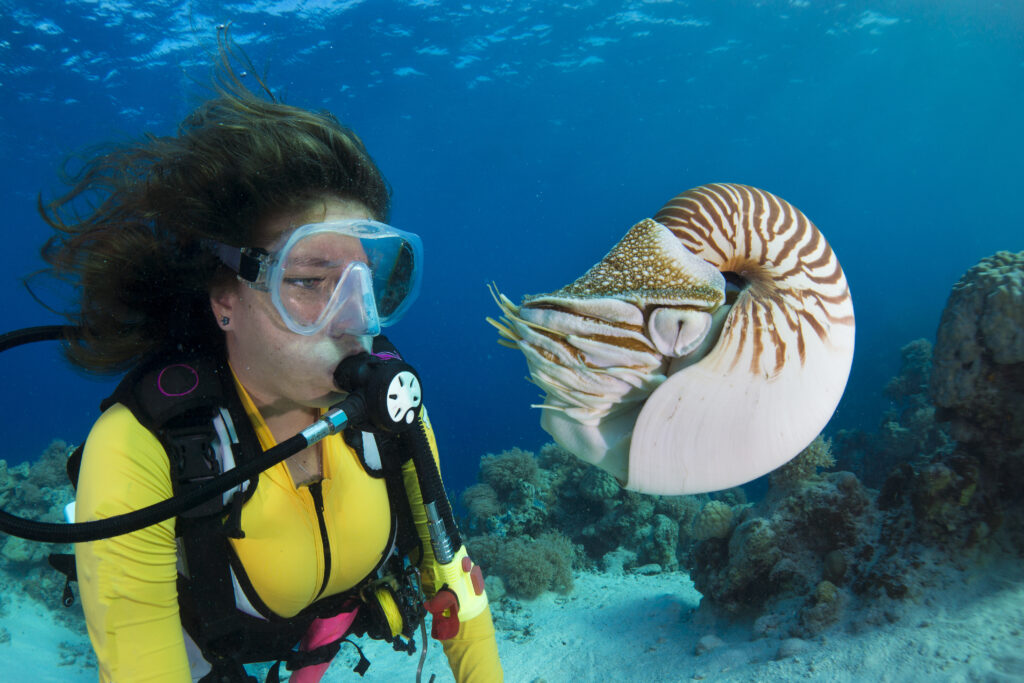Fun and Interesting Facts and Trivia about Nautiluses
Welcome to our page on fun facts about nautiluses! If you’re fascinated by these ancient and mysterious creatures, you’re in the right place. Our collection of amazing facts, interesting trivia, and cool information will help you learn more about nautiluses than you ever thought possible. Did you know that nautiluses have been around for over 500 million years? Or that they have a distinctive spiral shell that they can retreat into when threatened? Whether you’re a marine biology enthusiast or just love learning new things, our page on nautiluses is sure to have something to interest you. Explore our collection of fun facts, trivia, and more to discover the wonders of these fascinating creatures! #nautilus #nautiluses #cephalopod #cephalopods #mollusk #mollusks #mollusc #molluscs #mollusca

Nautiluses are the only living cephalopods with an external shell.
There are currently six known species of nautilus.
Nautiluses are sometimes referred to as “living fossils” because they have remained largely unchanged for hundreds of millions of years.
Nautiluses can be found in the deep, tropical waters of the Indo-Pacific region.
Nautiluses have two main tentacles and around 90 smaller tentacles that they use to catch prey.
Nautiluses feed on small fish and crustaceans, which they catch with their tentacles.
Nautiluses have very poor eyesight, and rely on their sense of smell to find food.
Nautiluses have a hard, external shell that is divided into chambers, which they can fill or empty with gas to control their buoyancy.
Nautiluses can live for up to 20 years in the wild.
Nautiluses are typically nocturnal, and spend their days hiding in crevices and caves.
Nautiluses can move through the water by using jet propulsion, where they expel water from their mantle cavity.
Nautiluses can also crawl along the ocean floor using their tentacles.
Nautiluses have a very simple nervous system, with only around 200 neurons.
Nautiluses are sometimes kept as pets in aquariums, but they can be difficult to care for.
Nautiluses have a unique way of reproducing, where the male uses one of its tentacles to transfer sperm to the female.
Nautiluses lay their eggs in small clusters, which are attached to the walls of caves or crevices.
Nautiluses are preyed upon by a variety of animals, including sharks, fish, and humans.
Nautiluses are considered a delicacy in some parts of the world, and are often served as food.
Nautiluses have been used in jewelry and other decorative objects for centuries.
Nautiluses are sometimes used in scientific research to study the evolution of cephalopods.

